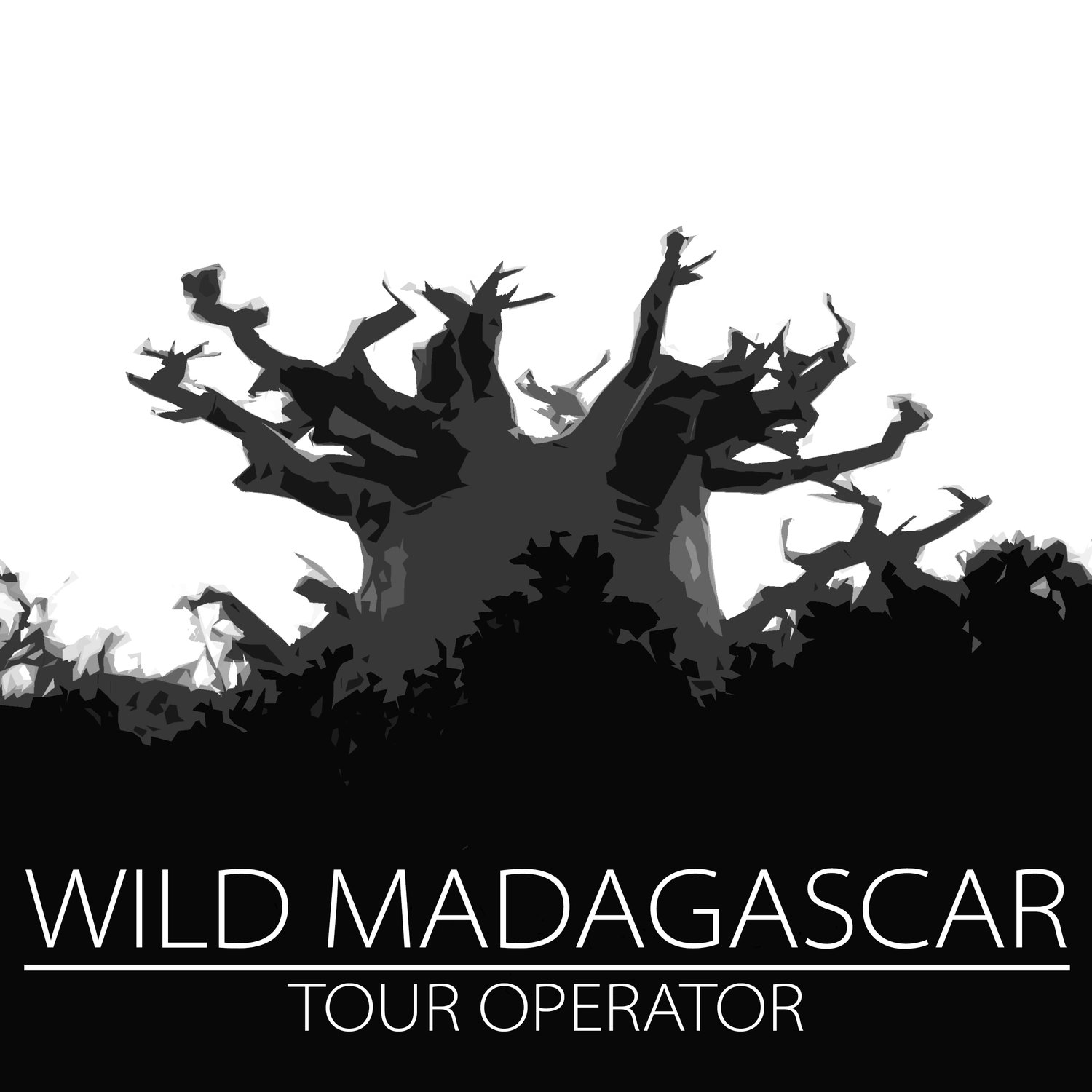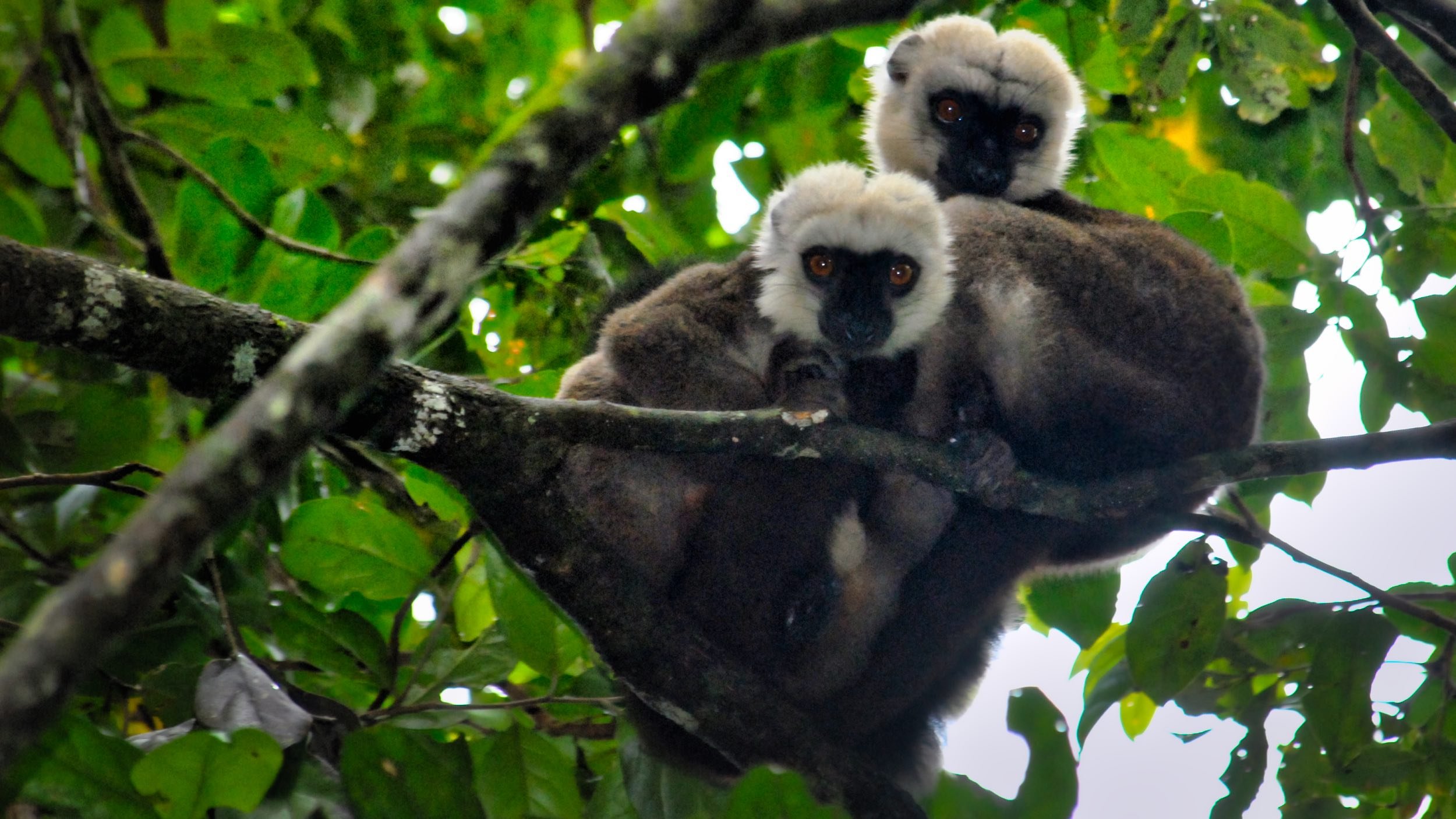Marojejy National Park
Marojejy massif is one of the most strikingly beautiful and wild areas of Northeast Madagascar. The massif rising abruptly to 2,132m above the Indian Ocean extends almost uninterrupted between the Tsaratanana massif in the North to the Masoala peninsula making it part of the roof of Madagascar.
Marojejy is unique in the world, dense rainforest, high mountain tundra, cliffs, plants and animals found nowhere else on earth.
Marojejy is part of the world heritage site in recognition of it’s unparalleled biodiversity and stunning landscapes.
The Reserve Naturelle Intégrale de Marojejy was created in 1952 which was subsequently changed into the National Park of Marojejy on Decree No.98-375 on May 19, 1998, with a current surface area of 60,050 ha with basic tourist infrastructures settled at different altitudes, respectively 450 m, 775 m and 1,250 m, along the trail of over 11 km to the summit yielding visitors a completely immersive experience of a dense montane rainforest and wildlife. The entrance to the national park of Marojejy is located at 6 km inescapable hiking trail, there is no access for motorized vehicles at the exception of motorcycle, from the village of Manantenina at 65 km southwestwards of the town of Sambava and 40 km northeastwards from the town of Andapa, both towns linked by the paved road of RN3b.
Highlights
The terrain of Marojejy National Park is very rugged probably ideal for sport and competition. Clearly, fit travellers and athletes might be tempted to challenge the summit in a single day return trek which is regularly performed by porters used to spend nights at home instead of in the premises of the protected areas while assisting visitors with the latter’s belongings; the interest of the nature and landscape of the massif of Marojejy however significantly exceed plain competition.
Since Perrier de la Bathie initiated plant inventory of the massif of Marojejy in 1924, many botanists followed his steps continuing inventory steps of the flora of Marojejy National Park, a site of exceptional floristic diversity with species typical of the North and many restricted to montane vegetation of higher elevations some of which endemic. Amongst noteworthy species known only to Marojejy are orchids, palms, carnisvorous plants of the genus Drosera and the Gondwana relict Takhtajania perrieri also known at three different sites in the North and which was highly advertised by one of the former presidents of the Republic of Madagascar.
The floral and heterogeneous forest habitat of Marojejy National Park ranging from lowland moist evergreen forest to ericoid thicket are paralleled by one of the richest faunistic diversity of all protected areas of Madagascar meeting interests ranging from amphibians with 74 species, reptiles with 84 species, the group of vertebrates showing the highest richness of any protected areas with chameleons of the genus Brookesia, Calumma and Furcifer, and leaf-tailed geckos of genus Uroplatus and snakes, small mammals of which the insectivore tenrec, 21 species, and the rodents Nesomyidae, 10 species, birds, 119 species with representatives from the sought after families Mesitornithidae, Brachypteraciidae, Leptosomidae, Philepittinae, Bernieridae, Vangidae and the subfamily Couinae, bats, 14 species, carnivores and lemurs with two endemic species, Microcebus mittermeieri and Propithecus candidus.
Recommended Duration Of Stay
In order for visitors to fully experience and enjoy Marojejy National Park, we recommend a minimum of two overnights for who would skip the summit which in fact could be ranked from challenging to overwhelming depending on traveller’s fitness. Whoever would hike to the summit would preferably spend a minimum of three overnights in the park. Whichever visit would be selected by the visitor or better, dependent on time allowed visitors, Marojejy will always be some sort of challenge for the humidity facing us, the quasi permanent muddy terrain, this anyway is rain forest, right? High or low temperatures require from us to prepare mentally.





